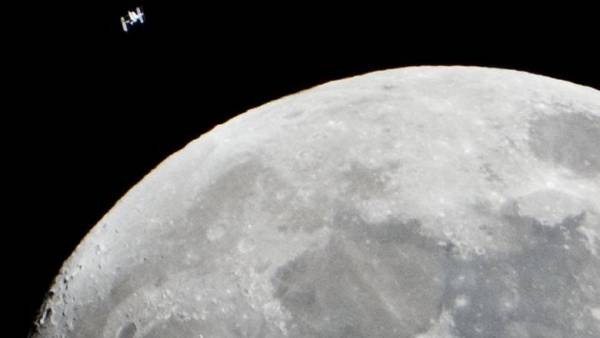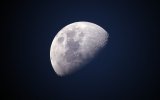The oldest rock on Earth found on the moon
Perhaps scientists have found the oldest known rocks on Earth, the last place where one would think: in the samples from the moon brought to Earth by the astronauts of Apollo 14 in 1971.

A study published in the journal Earth and Planetary Science Letters.
News Lunar soil collected “Moon-16”, sold for $855 thousand
Lunar soil collected “Moon-16”, sold for $855 thousand
Scientists say that “the Moon was once part of the Earth”: this is just a hypothesis about the origin of our satellite. According to the international team of scientists, there is evidence that the stone was of terrestrial origin — a piece of quartz, feldspar and zircon weighing 2 grams, enclosed in a large portion of the stone called Big Bertha — minerals that are rare on the moon but are very common on Earth.
Chemical analysis showed that it was formed in the oxidized system, similar to Earth, at the temperature of our planet, not the moon. If he had formed on our satellite, it would have required conditions which could not exist on it.
But the question arises: how did he get there? According to scientists, this mineral came from Earth about 4 billion years ago when an asteroid or comet crashed into our young planet, the age of which was about 540 million years and in space flew on the rocks.
Because the Moon was much closer to the Earth at the moment — about three times closer than now — that of the fragments of the asteroid had the potential for such flights.
News the Dark side of the moon: why the Chinese want to land on the invisible part of the satellite
the Dark side of the moon: why the Chinese want to land on the invisible part of the satellite
“This extraordinary finding, which helps to paint the best picture of the early Earth and the bombardment of asteroids that changed our planet at the dawn of life,” says the study’s author, planetary scientist David Kring of the Lunar and planetary Institute.
The team was able to perform more detailed analysis of samples from the moon. The inclusion of zircon was particularly useful because zircon contains uranium, known half-life which allows the exact time of its occurrence. From the results of radiocarbon Dating, the scientists concluded that the age of the rocks: it was about 4-4,1 billion years. The mineral was formed under the earth’s surface at a depth of about 20 kilometers, where it remained until until the strong impact threw him into space. From there, he got to the moon, where a further shock event, probably partially shattered it about 3.9 billion years ago. He was then returned to the surface about 26 million years ago during the impact that produced the crater of the Cone — where he remained until, while Big Bertha was not collected by the astronauts of Apollo 14 just a few decades ago.
It is possible that the fragment really formed on the moon, but the conditions for this would be unlike anything we’ve seen on the satellite.
It must have been formed by 30-70 kilometers below the surface in “unusually oxidizing magmatic environment” with oxygen levels well above the level of the lunar mantle 4 billion years ago. On the contrary, the earth’s conditions seem much more likely — even if it seems an impressive coincidence that this tiny fragment was later returned to Earth.